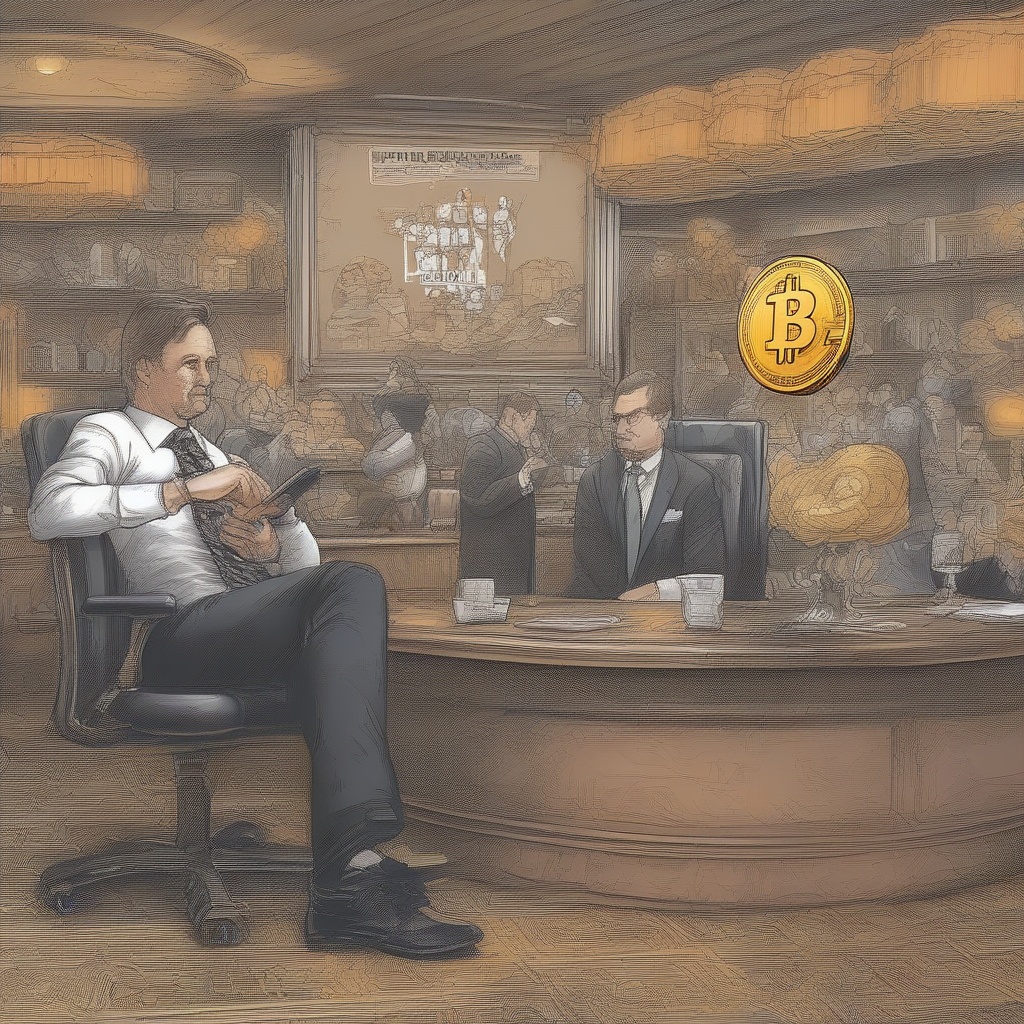As a cryptocurrency enthusiast and investor, I'm often asked about the costs associated with using Uniswap. So, let's dive into the question: Is Uniswap expensive? To start, it's important to understand that Uniswap is a decentralized exchange, meaning it operates without a central authority or intermediary. This allows for peer-to-peer trading of tokens directly between users, cutting out the need for traditional exchange fees. However, there are still costs to consider. For one, users must pay gas fees, which are the fees charged by the
Ethereum network for processing transactions. These fees can vary widely depending on network congestion and can be quite high during periods of high demand. Additionally, Uniswap users must also consider the spread, which is the difference between the buy and sell prices of a token. The spread can vary depending on the liquidity of the token and the overall demand for it. Ultimately, whether or not Uniswap is expensive depends on a variety of factors, including the current state of the Ethereum network and the specific token being traded. While there are costs associated with using Uniswap, it's important to weigh these costs against the benefits of decentralized exchange, such as increased privacy and security.

7 answers
 CryptoElite
Tue Oct 01 2024
CryptoElite
Tue Oct 01 2024
Trading in the
cryptocurrency market often involves various fees, one of which is the token swapping fee.
 Riccardo
Tue Oct 01 2024
Riccardo
Tue Oct 01 2024
The standard fee for swapping tokens is 0.3%, which is a competitive rate compared to other exchanges.
 Margherita
Tue Oct 01 2024
Margherita
Tue Oct 01 2024
This fee is not a flat charge but rather a dynamic one that is based on the contribution of liquidity providers.
 CherryBlossomDancing
Mon Sep 30 2024
CherryBlossomDancing
Mon Sep 30 2024
Liquidity providers are individuals or entities that add to the liquidity pools, making it easier for traders to buy and sell assets.
 SumoMighty
Mon Sep 30 2024
SumoMighty
Mon Sep 30 2024
The fee is split among these liquidity providers in a proportional manner, based on their respective contributions.

